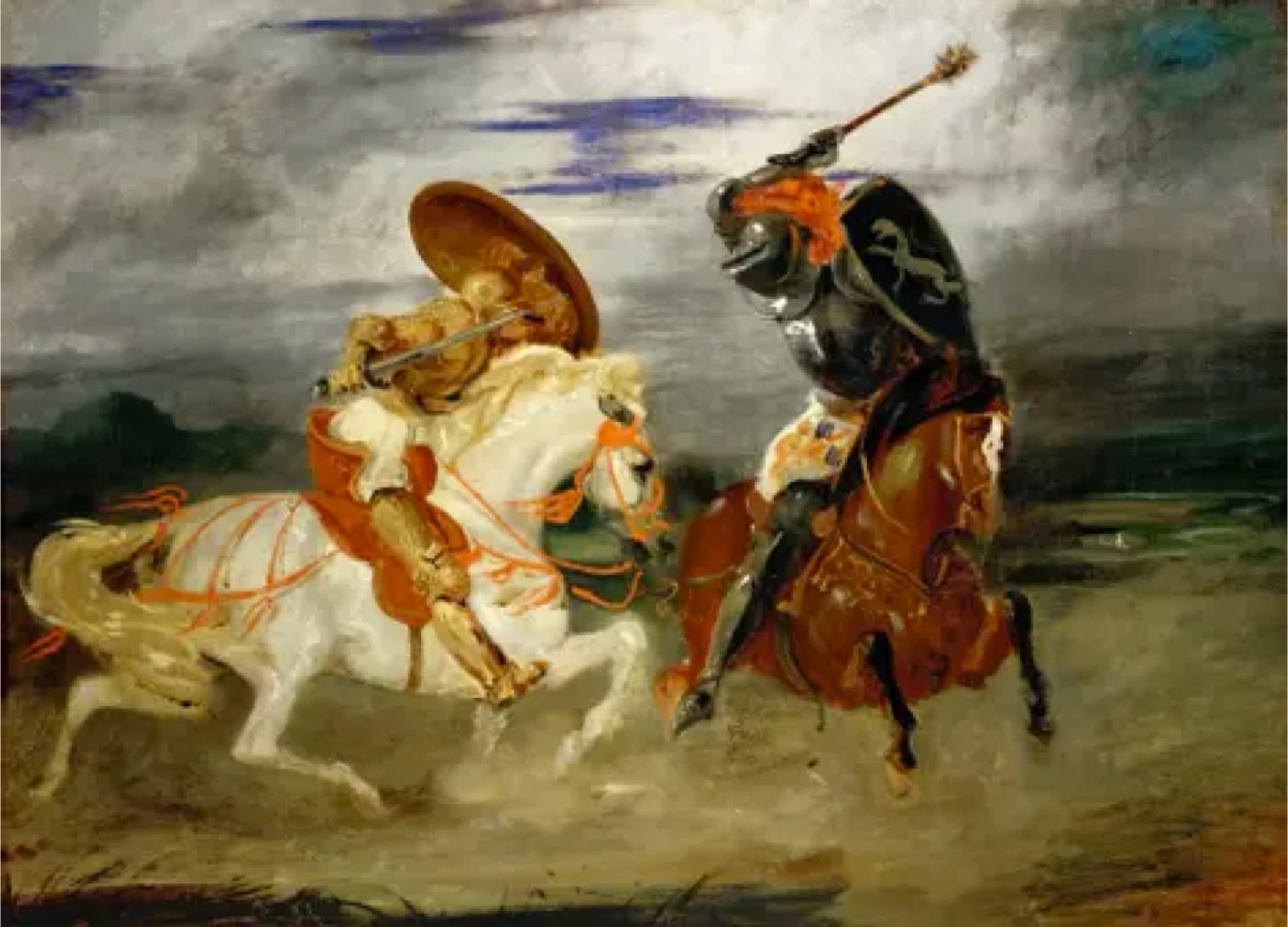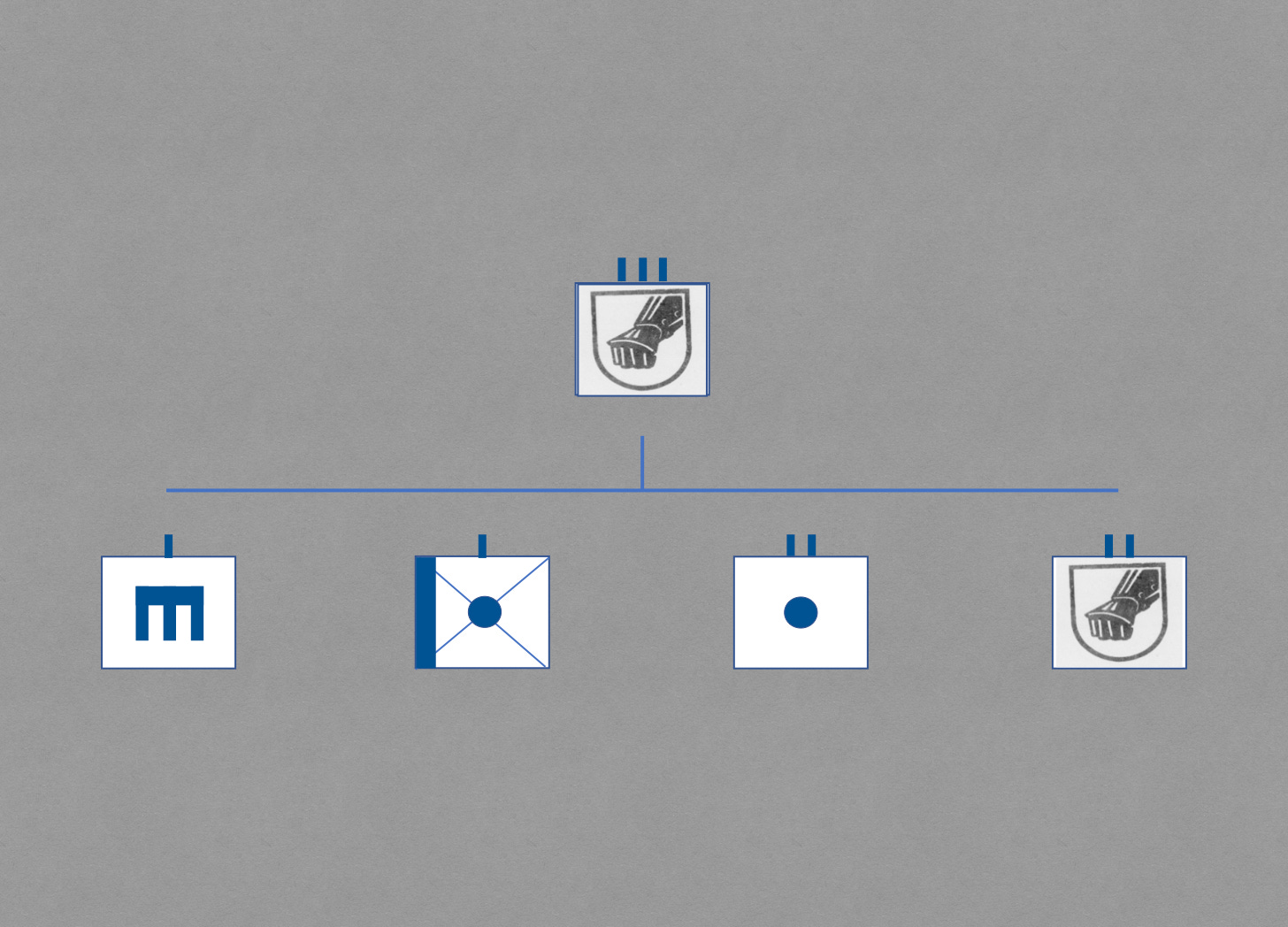Assault and Battery I
The 78th Assault Division
Throughout World War II, the German Army formed most of its infantry divisions on the same basic framework. In addition to the usual logistics, headquarters, and reconnaissance elements, each of the formations so structured possessed two or three infantry regiments, a field artillery regiment, a mobile anti-tank reaction force, and an engineer battalion.
A few formations deviated sharply from this rule. The 90th and 164th Light Divisions, were custom tailored for the peculiar demands of warfare in the deserts of North Africa. Thus, each was provided with both infantry regiments and a field artillery regiment capable of serving as pukka anti-tank units. The Großdeutschland Division was a more-or-less conventional motorized infantry division to which tank, assault gun, and reconnaissance battalions had been added.
For all their peculiarities, neither the two “African” divisions nor Großdeutschland departed from the standard pattern for infantry divisions to the same degree as the 78th Assault Division [Sturmdivision]. Rather than being an adaptation of an old pattern to new circumstances, this unique division had been designed, from the ground up, on entirely new principles.
Notwithstanding the novelty of its structure, the 78th Assault Division made use of some pre-existing elements. These, for the most part, were taken from the wreckage of the 78th Infantry Division, a formation that had suffered heavy losses in the autumn of 1942, while defending against Soviet attacks in vicinity of Rzhev.
On 17 December 1942, the surviving elements of the 78th Infantry Division withdrew from the front lines. While in camp, the formation received replacements for some (but not all) of the men it had lost, took delivery of new equipment, and began to make sense of the new structure that the Army High Command [OKH] had told it to adopt. In addition to this, on 1 January 1943, it changed both its own name and the designations of many of its component units.
While it did this work, the 78th Assault Division remained under the direct control of the Army High Command. This not only ensured that the experiment could be properly monitored, but also prevented hard-pressed army corps and field armies from commandeering the hard-to-get weapons being sent to the reformed formation.
The 78th Assault Division used the infrastructure of its three infantry regiments to create three assault regiments [Sturm-Regimenter]. Each of the latter ( designated on the diagram with the “mailed fist” symbol adopted for the reformed division as a whole) consisted of a grenadier battalion [Grenadier-Bataillon], a field artillery battalion, a company armed with infantry heavy weapons, and a company of combat engineers. Thus, rather than being an infantry regiment of the ordinary type, each assault regiment might well be described as a “combined arms formation in miniature.”
Each “grenadier battalion” was composed of four identical “assault companies” [Sturm-Kompanien], each of which wielded six 75mm anti-tank guns, nineteen light machine guns, two heavy machine guns, and two 81mm mortars. Thus, the battalion as a whole employed twenty-four anti-tank guns, seventy-six light machine guns, eight heavy machine guns, and eight 81mm mortars. (At that point in the war, a standard German Army infantry battalion rated thirty-six light machine guns, twelve heavy machine guns, and six 81mm mortars.)

The second battalion of each assault regiment, which retained the title of “field artillery battalion” [Feld-Artillerie-Bataillon], operated nine 105mm howitzers. Though direct descendants of the light battalions of the artillery regiment of the old 78th Infantry Division, these were supposed to be as much a part of each assault regiment as the assault battalion and the two stand-alone companies.
Similar, in many respects, to the heavy companies of mountain [Gebirgsjäger] and light infantry [Jäger] battalions, the “heavy assault company” [Schwere Sturm-Kompanie] made use of four infantry guns (two 75mm light pieces and two 150mm heavy pieces), six 81mm mortars, and eight heavy machine guns.
The “assault pioneer” company [Sturm-Pionier Kompanie] utilized nine light machine guns, two 81mm mortars, and six backpack flamethrowers. (Some of the men of this unit had served in the divisional pioneer battalion of the old 78th Infantry Division. Others were infantrymen who had been cross-trained as combat engineers.)
The Game
This article serves two purposes. First, it supplies a stand-alone sketch of the organization of the 78th Assault Division. Second, it provides background for an ‘organizational decision game’. (To play the latter, please follow the link marked ‘7th Assault Division (The Problem)’
Source: 78 Sturm Division, Ia, Anlagenband F zum Kriegstagebuch, Umgliederung [78th Assault Division, Appendix F to the War Diary of the Operations Section, Reorganization], US National Archives, Captured German Records, Microfilm Series T-315, Roll 1100, beginning at frame 104
For Further Reading:
To Share, Subscribe, or Support:










From the graphic it appears a standard batallion had 12 HMGs, not 6?
So the infantry battalion is reinforced into an integrated assault unit, with its own artillery, AT guns, and engineers - as they tend to be used in conjunction pretty often, and with not a lot of logistical support for bigger units, this looks like a good idea.
Obligatory:
https://youtu.be/_efOnc3onfQ?si=vk-YX5WkPF5bFg2s